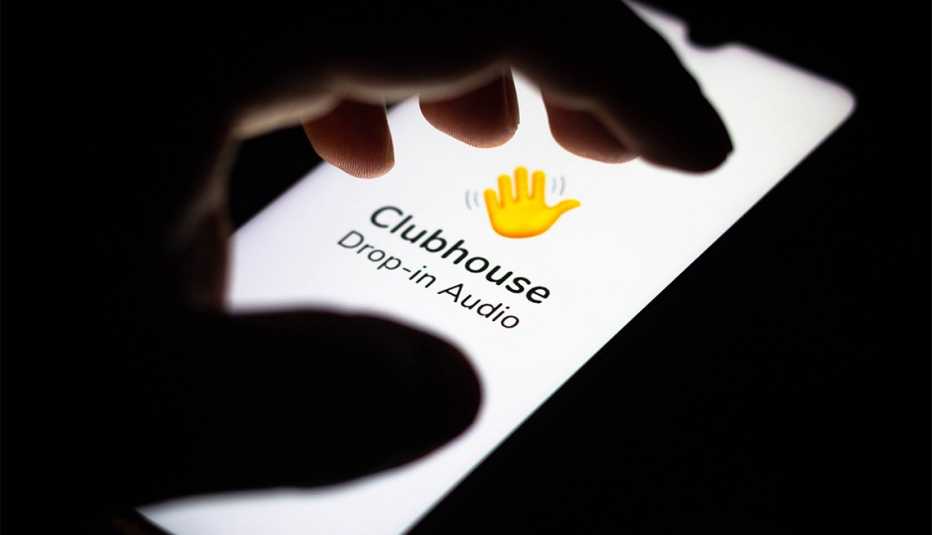Staying Fit


Many people are perfectly cool typing words or posting pictures to express themselves on social media, at least to some degree.
But a number of folks, including many 50 and older, are making themselves heard on an audio site called Clubhouse, talking in real time with an engaged audience open to conversing on a wide range of subjects. Voice is becoming the next social network of choice for a lot of these people, and live audio platforms — Clubhouse is the best known — are generating enormous buzz.


AARP Membership— $12 for your first year when you sign up for Automatic Renewal
Get instant access to members-only products and hundreds of discounts, a free second membership, and a subscription to AARP the Magazine.
Twitter recently launched a Clubhouse clone called Twitter Spaces. Facebook and Instagram (which Facebook owns), LinkedIn and Spotify are actively exploring their own audio-based social experiences, presumably to capitalize on Clubhouse's early success. LinkedIn confirmed that it is doing some early tests to create an audio experience connected to your professional identity.
Live audio is just that — live. The serendipitous and conversational nature of the platform is part of the allure for some, but it's also what may give others pause. And it's what distinguishes Clubhouse and its emerging rivals from, say, the popular medium of podcasts or even talk radio.
You can share your passions
Members inside Clubhouse create rooms and clubs, generally around certain topics of interest. People can come and go as they please. After dropping into a room, they can hit a button to leave quietly.
Those who stick around can listen or tap to raise their hand to contribute to the conversation, provided the host or moderator, who controls the room, welcomes them to the virtual stage and lets them speak.
"There's this emotional quality to live audio you can't get on Twitter, TikTok, Instagram or whatever.”
You can list your passions to help identify conversations and clubs that might appeal to you, from love of basketball or business to genealogy and world affairs. A Balance club room, populated by both Israelis and Palestinians, has people speaking from the heart to each other about the ongoing Middle East conflict.
People may have started listening to avoid boredom, feel less lonely or meet new people. Not lost in all of this is that Clubhouse launched during a pandemic.
Some clubs target an older demographic with such names as Aging Shamelessly, Innovations in Aging, Senior Care Champions and Senior Citizen Tribe. Stanford researcher and Tiny Habits author B.J. Fogg, 57, who teaches a course in Clubhouse to help people create good habits so they're happy and healthier, says he's observed more people on the platform older than 50 than younger than 21.
"There's this emotional quality to live audio you can't get on Twitter, TikTok, Instagram or whatever,” Fogg says.

































































More on Home and Family
Do You Need a Smartphone Targeted to Older Adults?
Before buying, figure out your needs — and what you can afford
Getting the Most Out of Your Smart Speaker
Alexa, Google Assistant and Siri have new features that can help you check on a loved one, converse in a foreign language or make an emergency call to familyOlder Adults Wary About Online Privacy
Companies pledge more transparency on data collection